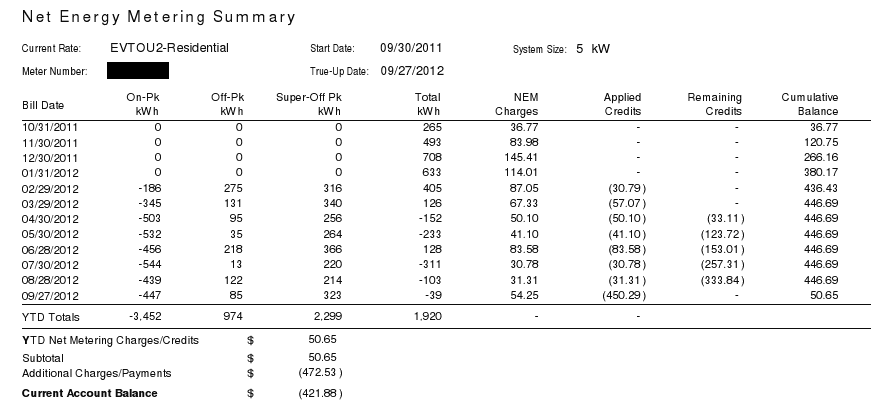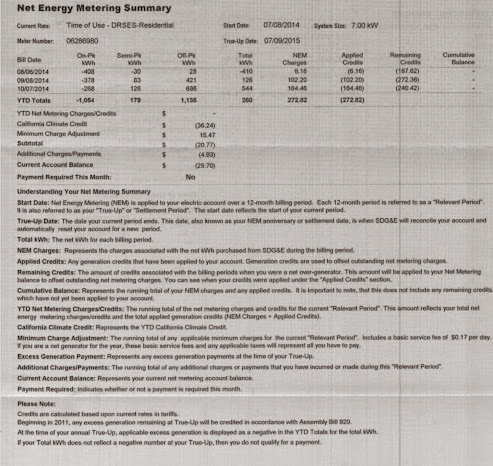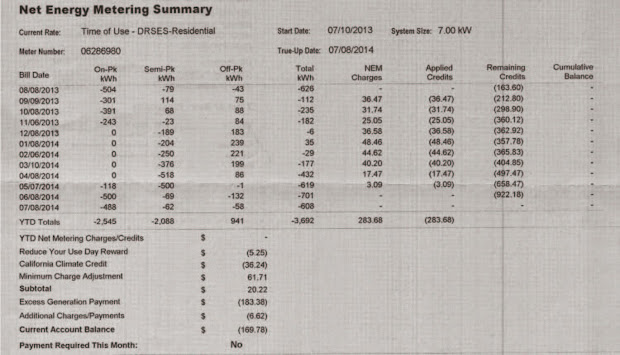fooljoe
Well-known member
I'm under SCE, so I can confirm at least that it's not a "North vs. South" thing, although I can't speak from experience for how SDGE works. That document you linked to isn't very informative, as it doesn't say anything about net metering together with TOU. What you really need is to look at someone's actual bill who's on such a plan in your utility territory.
Hopefully someone in here can help you with that, but to widen the net I'd suggest you check out this thread in the Leaf forum and seek out more information there, since there are so many more Leaf owners than Rav owners. My cursory review of that thread indicates that things are basically the same in SDGE territory as they are for me, but of course you should do your own research. This thread in the Tesla forum should also help.
You could also just try calling your utility, but it could be difficult to find someone knowledgable about this who can give you a clear answer.
Hopefully someone in here can help you with that, but to widen the net I'd suggest you check out this thread in the Leaf forum and seek out more information there, since there are so many more Leaf owners than Rav owners. My cursory review of that thread indicates that things are basically the same in SDGE territory as they are for me, but of course you should do your own research. This thread in the Tesla forum should also help.
You could also just try calling your utility, but it could be difficult to find someone knowledgable about this who can give you a clear answer.






